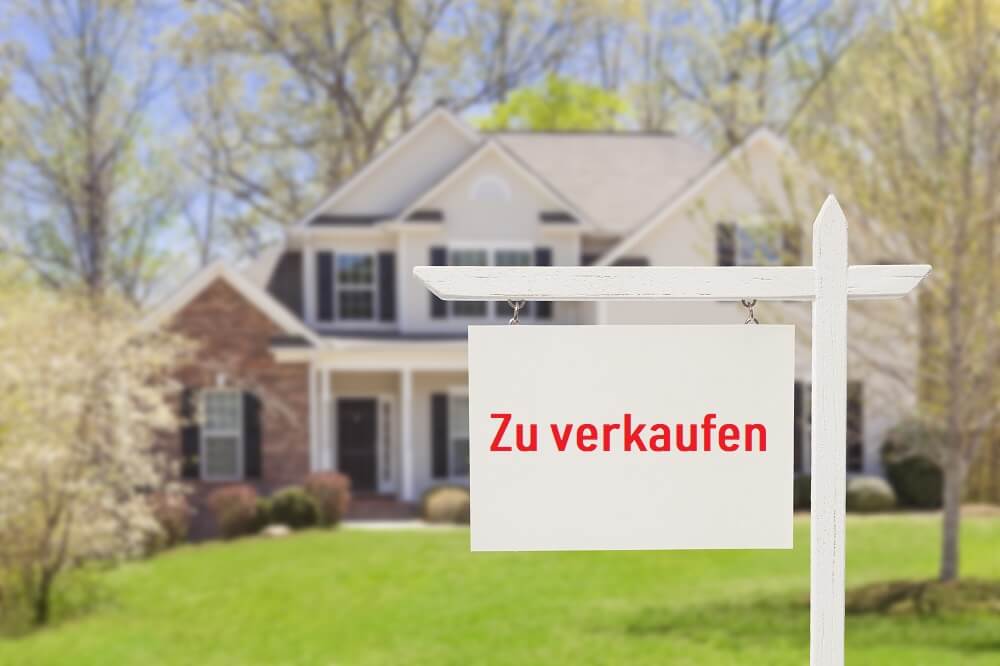CO2 tax: owners will also have to pay from 2023
3 min.
From January 1, 2023, tenants and landlords will have to pay the CO2 tax. Previously, only tenants paid for the emission of carbon dioxide. How the tax is shared between tenants and landlords depends on the property. It can be expensive for some owners.
Since January 1, 2021, tenants have been paying the CO2 tax on oil and gas. The price of the certificate per tonne of CO2 emitted is increased annually. While it was still 25 euros per tonne in 2021, it was already 30 euros in 2022. Due to the rise in energy prices, the increase will be suspended in 2023 and tenants and landlords of residential buildings will share the 30 euros depending on the energy balance of the property.
From 2024, the certificate price will be 35 euros and from 2025 45 euros. From 2026, the certificate price will be determined by auction. The price per tonne will then be between 55 and 65 euros. The aim of the CO2 tax is to encourage tenants to save energy and landlords to carry out energy-efficient renovations.
How do you share?
The worse the energy balance of the residential property, the greater the proportion of the CO2 tax that landlords have to pay. If, for example more than 52 kilograms per square meter per year emissions, landlords must pay a maximum of 90 percent of the CO2 tax and tenants only 10 percent.
If the property meets the EH55 energy standard and is less than 12 kilograms per square meter per year emissions, the landlord no longer has to pay anything and the tenant bears 100 percent of the CO2 tax alone.
If the CO2 emissions are between 32 and 37 kilograms per square meter per yeartenants and landlords each pay 50 percent. The graduated model is intended to link the percentage cost sharing of landlords and tenants to the annual CO2 emissions of the rented building per square meter. A 50:50 rule initially applies to non-residential buildings.
At what level is my property?
To find out in which range your property lies, you need to know how high the CO2 emissions per square meter per year are. This value can be found on page 2 of the consumption certificate for residential buildings.
Promotion of energy-efficient refurbishment
Energy-efficient refurbishment is supported with grants via subsidy programs and the possibility of tax depreciation. An overview of subsidies can be found in the Förder.Navi of NRW.Energy4Climate - especially for North Rhine-Westphalia. The Federal Ministry for Economic Affairs and Climate Protection also provides a Funding database available.
Would you like to know how a climate-neutral refurbishment affects the value of your property? Get in touch with us! We will be happy to advise you.
Notes
For reasons of better readability, the generic masculine is used in this text. Female and other gender identities are explicitly included where this is necessary for the statement.
Legal notice: This article does not constitute tax or legal advice in individual cases. Please consult a lawyer and/or tax advisor to clarify the facts of your specific individual case.
Photo: © Juric.P/Depositphotos.com













